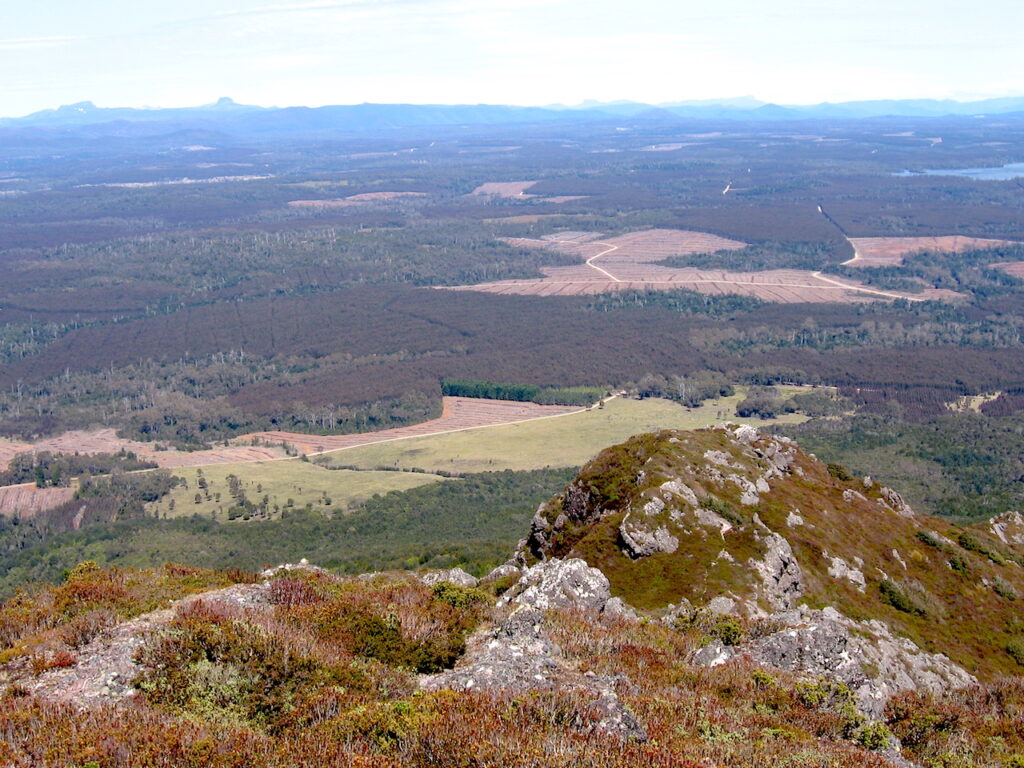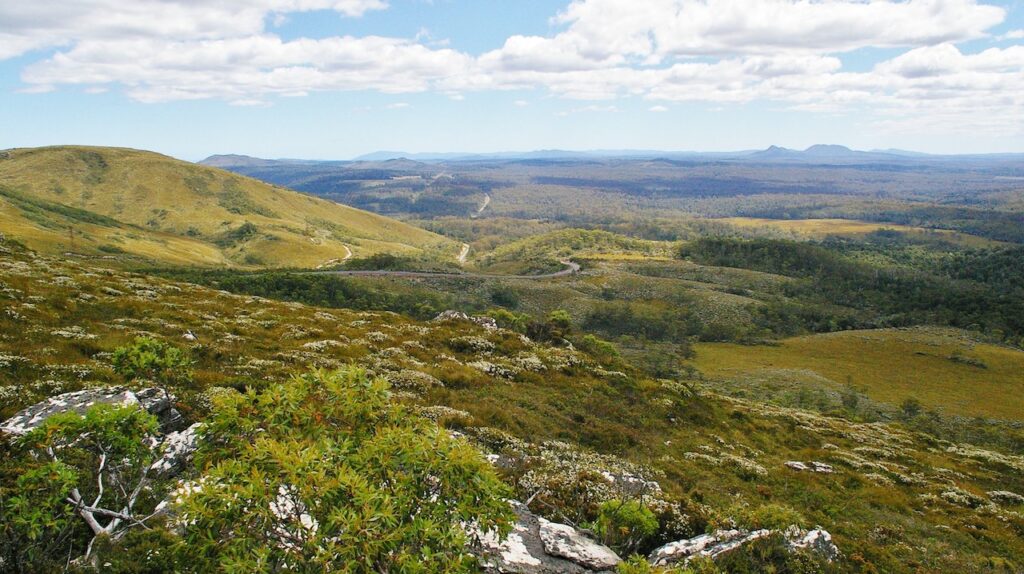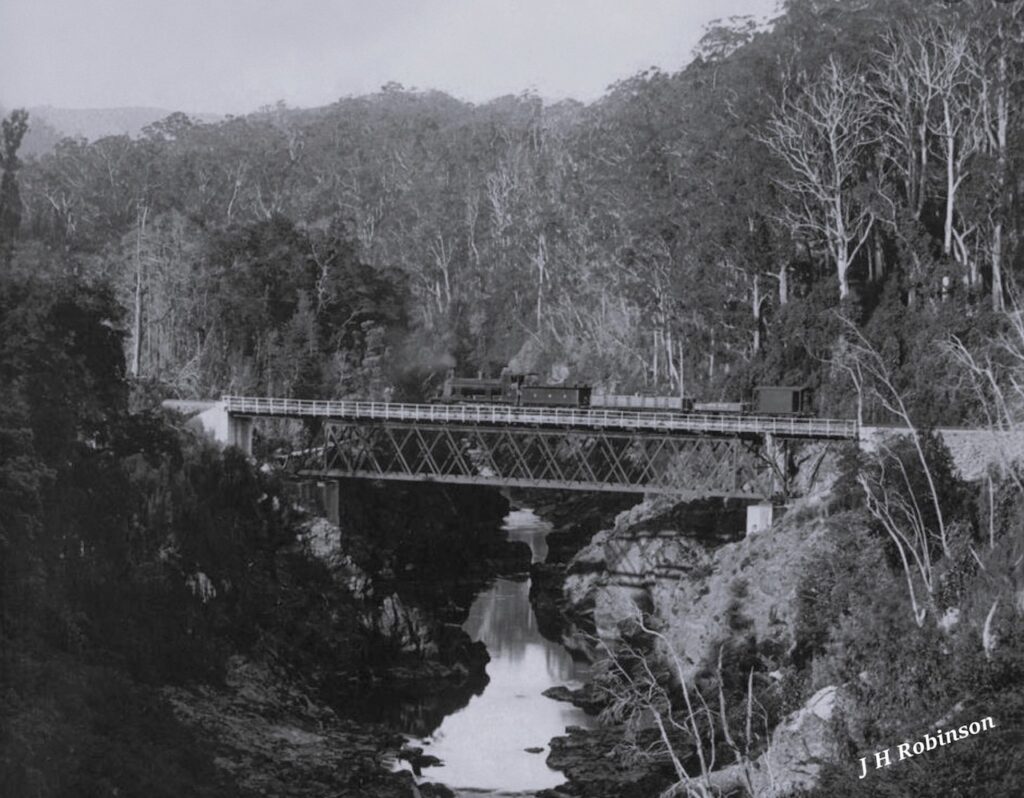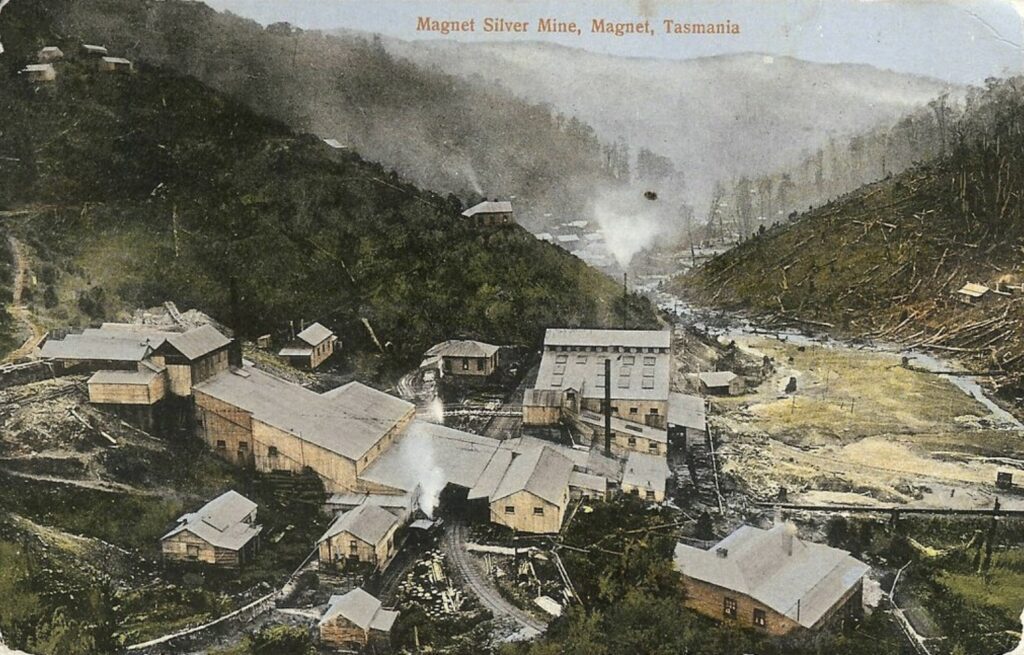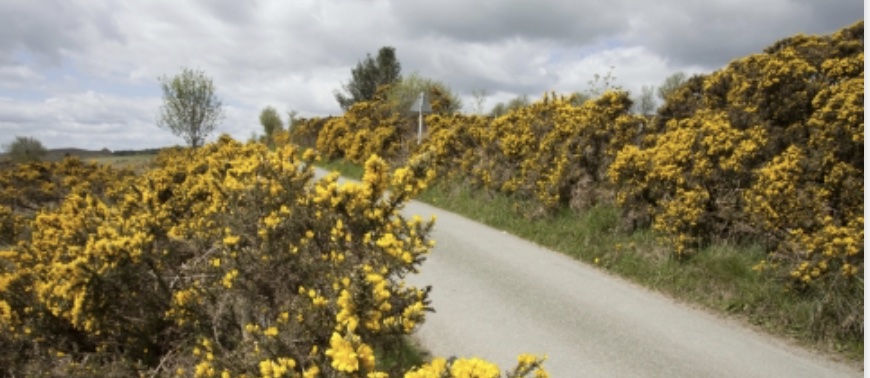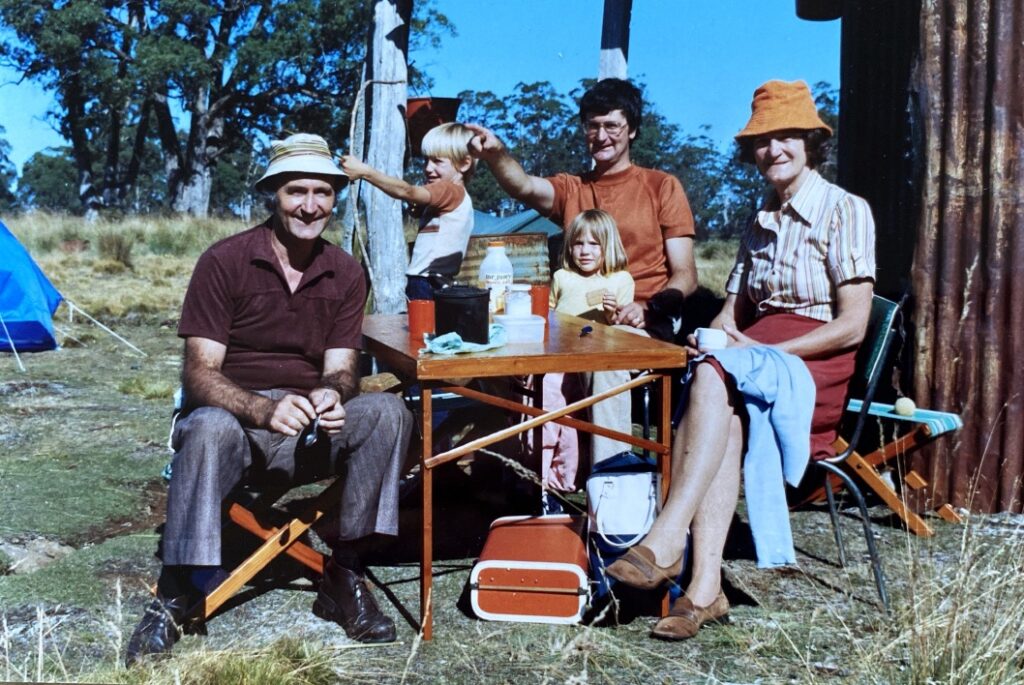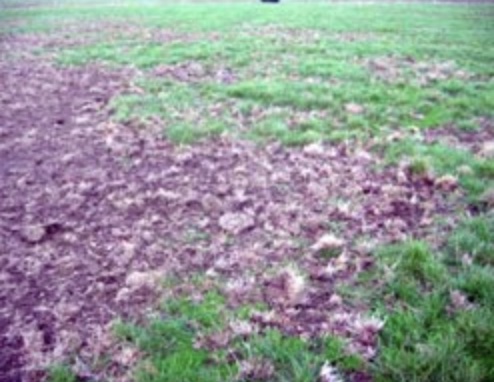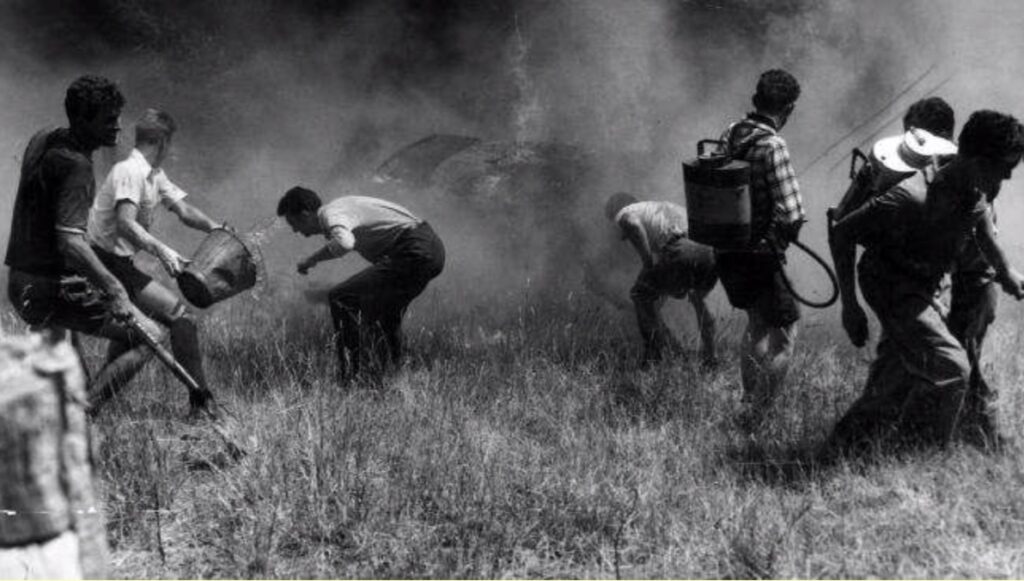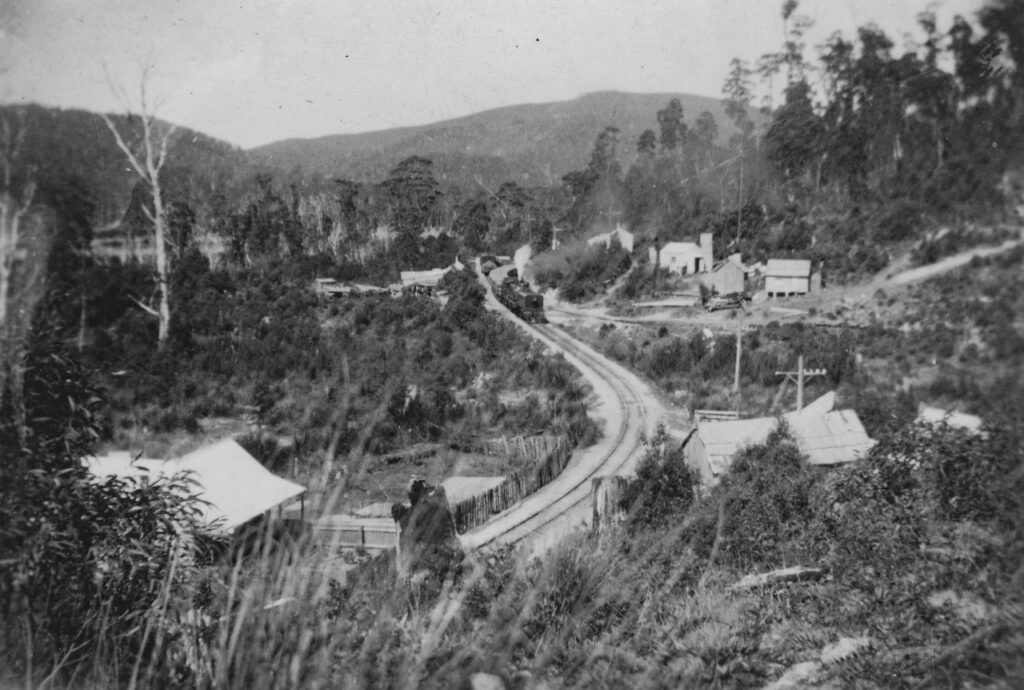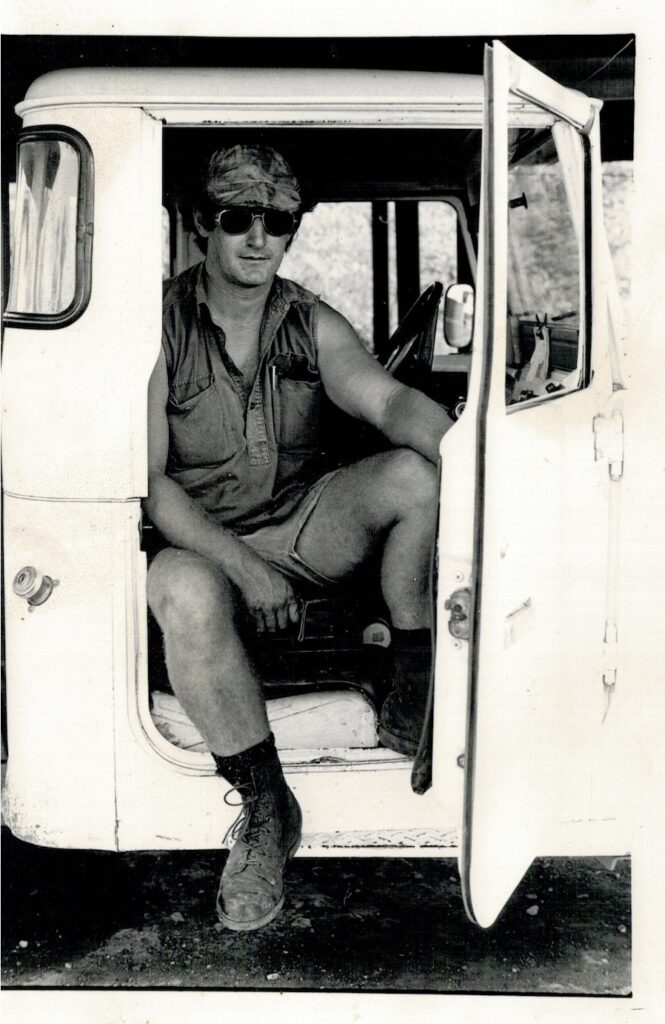Van Diemen's Land Company
How the Hampshire Hills became a sea of yellow
Gorse was brought to Tasmania in the early 1800s. Its principal use was as an ornamental hedge by settlers hoping to replicate the paddocks of England. The Reverend Knopwood purchased some English gorse at New Town, near Hobart in 1815. Writer, Louisa Anne Meredith, noted the widespread use of gorse for hedges on the east coast by 1841.… Read more
The Hills of Surrey Hills
When writing the book on the history of Surrey Hills, many people worked at AFH who were not mentioned but deserved praise for their contributions.
One of those was Ross Hills, a Burnie local who rose to a senior position in AFH. As a manager at Burnie during the 1980s, Ross was part of expanding the eucalypt plantation program.… Read more
The pastoralist’s scourge
While researching for my book “Fires, Farms and Forests”, I came across quite a few caterpillar references in the correspondence of the Chief Agents of the Van Diemen’s Land Company (VDL Co.). The caterpillars were killing off improved pastures planted after clearing or logging and scrubbing operations.
The caterpillar problem was not unique to the VDL Co.… Read more
A fiery summer in north-west Tasmania
Introduction
The summer of 1933-34 was very dry across most of Australia, including Tasmania. It began a pronounced drought period that lasted until early 1939.
Victoria had significant bushfires in 1932. “Red Tuesday” on 19 January saw many fires in almost every part of the state, particularly West Gippsland, where nine people died. … Read more
Living on the buttongrass plain – a history of Bulgobac
I grew up in a sawmill town on the edge of the buttongrass plain Beside a railway track in the town of Bulgobac Where the locos stop for water from the water tank It also fed the sawmill and the town of Bulgobac Gravel roads were twenty miles away and people very few With mountains all around us with panoramic views At night we sat at the table to a meal of wallaby stew And mother read the bible at night by the kerosene light its true Drivers wait from the loco as it headed south to Boco On the way north they passed our shack in the town of Bulgobac I was part of a big family with no power to our home The times are gone but memories live on living on the buttongrass plain Mother cooked from a wood fired oven Anzac biscuits she baked by the dozen Life was tough but we never complained living on the buttongrass plain I still recall the good old days and how we lived back then In the sawmill town called Bulgobac growing up on a buttongrass plain I’ll never forget with no regrets of life way back then The times are gone but memories live on living on the buttongrass plain The times are gone but memories live on growing up on a buttongrass plain Mott Ryan “Buttongrass plains” from his CD “The Boy from the Buttongrass Plains”
Introduction
Bulgobac is a small siding on the Emu Bay Railway at the 55 Mile.… Read more
Morris “Mort” Bloom – my career with AFH
This month is a guest blog from Morris “Mort” Bloom.
Some of my most memorable days in the bush were marking road lines with Mort. My role was to source timber mostly from private property for the logging contractors under my supervision. Some were easily accessible across grass paddocks in the summer.… Read more
